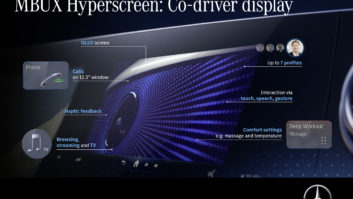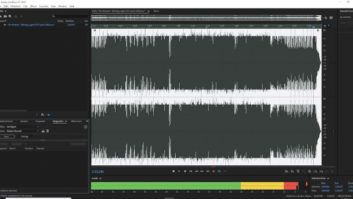How, exactly, do listeners behave when they engage with your station? Are they turning on and off? Or “switching in and away,” to and from other stations?
Coleman Insights and Media Monitors published findings about this after digging into data gathered via the Nielsen Audio Portable People Meter. They had previewed it in December at a Nielsen event.
“Nearly two-thirds of radio station listening occasions consist of listeners ‘turning on’ a station and end with them ‘turning off’ a station, as opposed to ‘switching in’ from and ‘switching out’ to other stations,” they reported in a summary.
They classified listening occasions as “Turn On-Turn Offs,” “Turn On-Switch Outs,” “Switch In-Switch Outs” and “Switch In-Turn Offs” based on how they began and ended. Their findings: about 63% of occasions are Turn On-Turn Offs while 11% are Turn On-Switch Outs, 14% are Switch In-Switch Outs and 11% are Switch In-Turn Offs (all figures rounded).
“It is the opinion of both companies that the proportion of occasions that involve Turning On and Turning Off is significantly higher than the expectations of most radio programmers and managers,” they reported.
Further, occasions that begin with Turn Ons are 5 minutes longer on average than those that begin with Switch Ins, “suggesting that stations can theoretically generate more Time Spent Listening under PPM measurement by increasing the proportion of listening occasions they generate through Turning On.”
Also, “the proportion of a station’s occasions that are Turn On-Turn Offs among its P1 listeners — those who listen to a station more than any other — is even higher. While 62.7% of all occasions are Turn On-Turn Offs, the figure soars to 78.6% among P1 listeners.”
Coleman President/COO Warren Kurtzman was quoted in the summary saying the ability of a station to generate listening occasions through Turning On “is dependent on having a strong brand, which is based on having high awareness, a clearly-defined position, association with multiple product attributes and eliciting passion from the audience.”
The companies also found that switching between stations is more prevalent among younger listeners; so for stations targeting those crowds, programmers who chase younger demos “need to be more concerned with preventing listeners from Switching Out than those who program other formats do … preventing Switching clearly can have a significant impact on their PPM performance.”
The authors are offering the detailed findings to Nielsen subscribers via a download; they also reminded programmers that PPM gives insights about exposure to radio but are not always a “perfect proxy” for consumer behaviors.
Coleman Insights is a media consultancy. Media Monitors is a broadcast monitoring and verification service, part of RCS and parent iHeartMedia. The study is titled “The Components of Tuning Occasions — Switching vs. Turning.” It is based on an analysis of 37 million listening “occasions” in 48 U.S. radio markets at several periods of time over the past couple of years.












